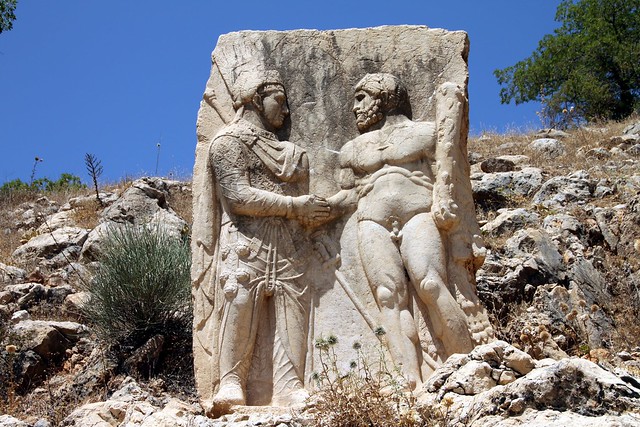Η αρχαία πόλη Αρσάμεια παρά τον Νυμφαίο (για να ξεχωρίζει από την Αρσάμεια παρά τον Ευφράτη) ήταν πόλη του βασιλείου της Κομμαγηνής, which was built near the Nymphaion River (Today Kahta çayı), a tributary of the river Euphrates.
Founded during the late Hellenistic period from the Armenian Arsami, παππού του Πέρση βασιλέαΔαρείου. Eski Kahta district is located in Turkey, 50 kilometers east of the city of Adiyaman.
The area was inhabited until medieval times…
The Kingdom of Commagene was an independent State from the 164 e.g.. until the 72 a.d. so enslaved to Romans.
Later it passed to the Byzantine Aytokatoria and το638 a.d. It was conquered by the Arabs.
The most striking findings in the ierothesion of Arsameia Mithridates I Kallinikos (109 e.g.. – 69 e.g.), which was made by his son Antiochus I, which self-proclaimed “God”.
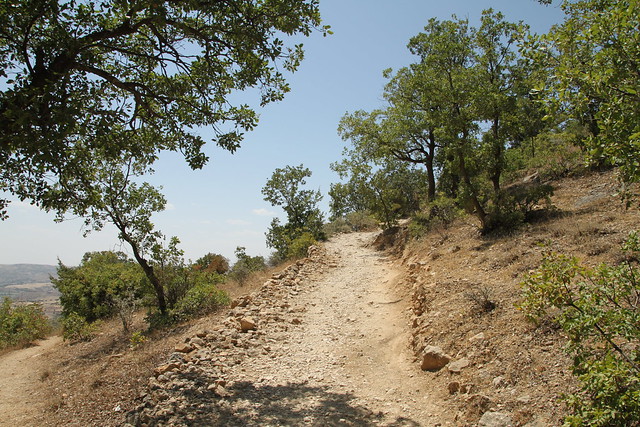
Processional route, which ran from the river Nymphaion lead in hillside, where there are three reliefs with representations of functions (handshake).

The tombstones of the classical era in Greece, the handshake symbolized the farewell to the dead. The show gave a general departure and loss message. In the case of Mithras, enter another element: The Mithras is the patron of the agreements and of Justice, so very often portrayed as God “giving hand”. Does the reliefs depict some of God's reconciliation with the dead;
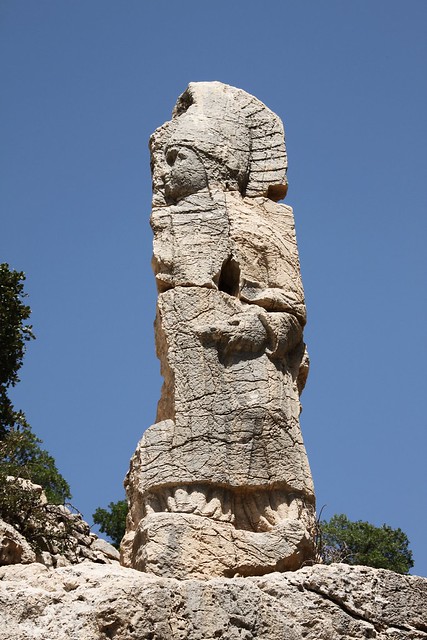
In the first in the series of relief, only the form of Mithras – Apollo – Sun. The second form must have been either the Mithridates (a)’ Kallinikos, either his son Antiochus I Theos.
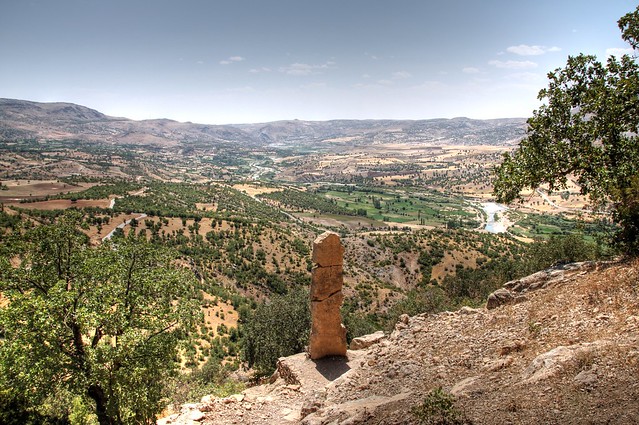
The form of the statue towered over the Valley of the Euphrates…
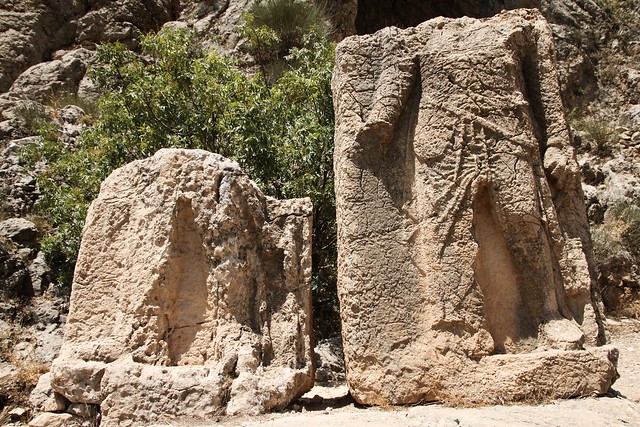
The second glyph, of which only parts survive, represents the Mithras and Mithridates’ or Antiochus I.
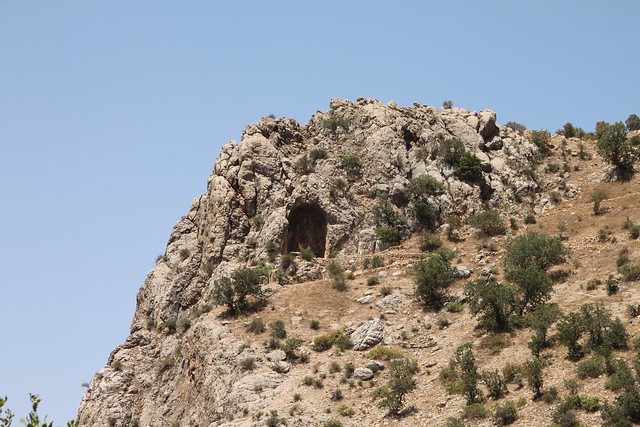
The bas-relief is located in front of the so-called “Stone room”, which is sculpted in the rocks of the Hill…
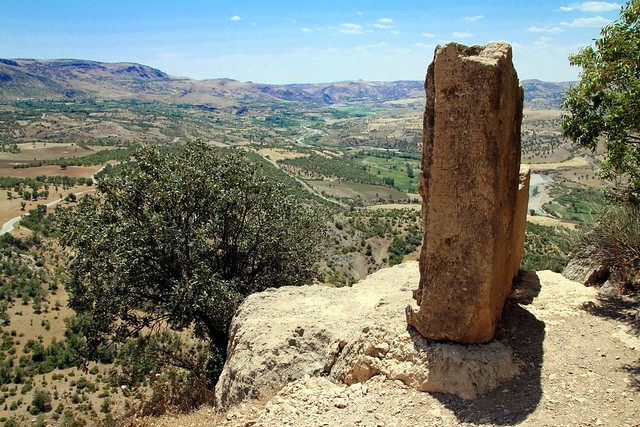
…and has this amazing view to the Valley.

End, the third bas-relief (copy – the prototype is in British Moyseiosto London) Mithridates I Callinicus depicts Hercules – Artagni and is positioned near the Greek inscription, which is carved above the entrance to the cave, whose use is undefined.
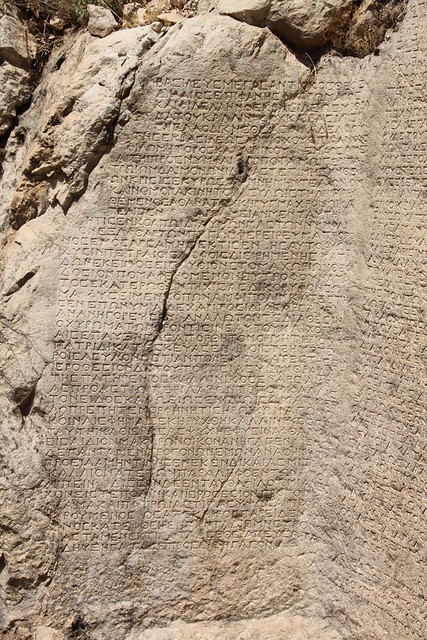




“KING ANTIOCHOS MEGAS THEOS DIKAIOS FILORWMAIOS AND FILELLIN EPIFANIS…”. The inscription, which is the longest inscription in Anatolia, mentioned the name of Arsameias, which led to the identification of the city… The inscription was in Greek, as Antiochus I Theos was a descendant of the great Alexandroyapo on his mother's side, Laodikeias… From the beginning of his reign, Antiochus realized that they could not oppose the power of the Roman Empire. On the other hand the Romans had realized that the Kingdom of Commagene was very important for the protection of passageways of the Euphrates River, as very close extended the Parthiki Empire… So, Although the 61 e.g.. Antiochus became a vassal of the Romans, very quickly, the 59 e.g., given to him by the Senate periporfyros robe tinRwmaϊki (toga praetexta) and the title of his ally King.
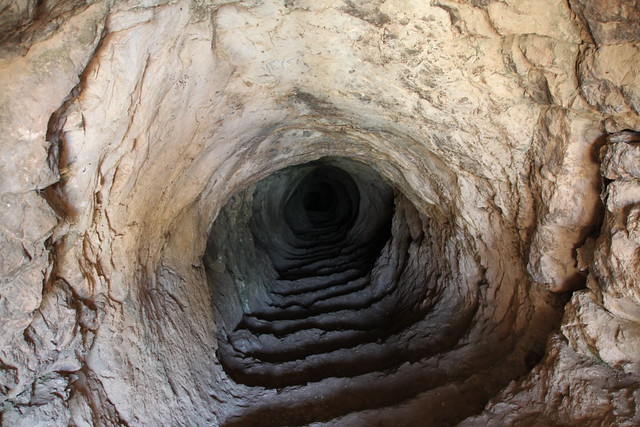
The stairs of the cave, whose entrance is beneath the inscription, descend to depth 158 measures… Can the cave to express the birth of Mithras, who was born in 25 December than a Virgin in a cave… (The adoption by Byzantium in subsequent years of 25 December for the birth of Jesus was to be easy the proselytism of the followers of Mithraϊsmoy, which was, those years, the dominant religion in the Roman Empire).
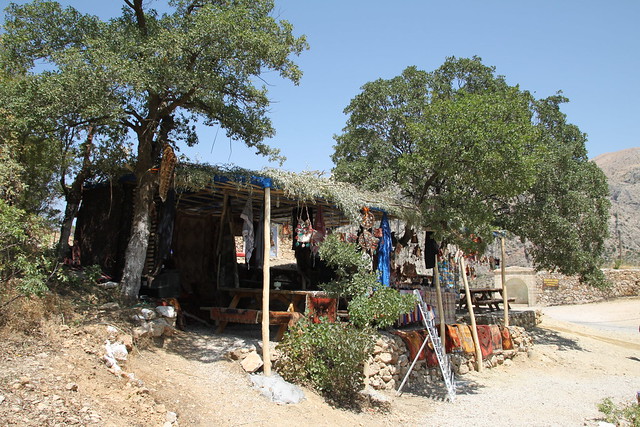
The archaeological site of Arsameias is located within the protected national park of Nemroyt, in which there are rudimentary tourist facilities… The city came to light by the German professor at the University of Münster, Karl Dörner, the 1951.


The view to the surrounding areas are unique and apparently was the key factor in selecting the position…
On top of the hill there was a mausoleum Mausoleum of Halicarnassus equivalent, of which survive today only some ruins and mosaic floors from two ceremonial spaces. According to the manuscript of the 12th century, the stones of the mausoleum were used by Michael the Syrian, Patriarch of the Syrian Orthodox Church of the 1166 until the 1199, for the extension of the monastery of Barsauma.
http://erevnw.blogspot.gr
